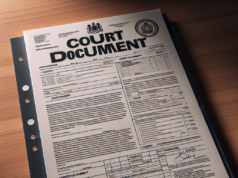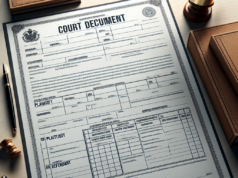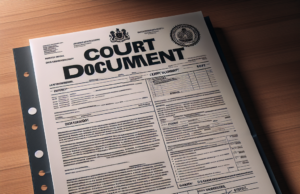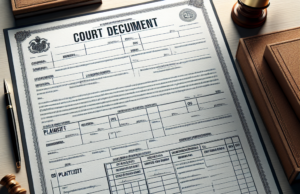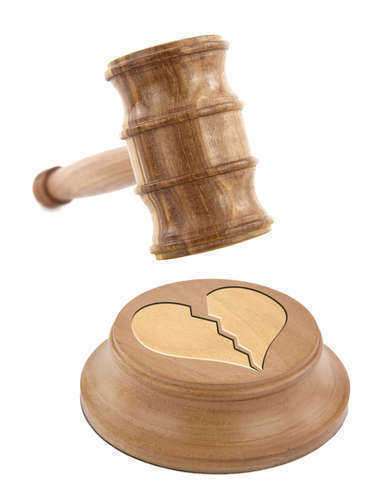
A Do It Yourself Divorce in Maine Guide
If you’re a resident in Maine seeking a divorce, what you need to know to do to get the process going is all written out for you below.
A Divorce Petition
A do it yourself divorce in ME typically starts with what’s called a ‘divorce petition,’ a document obtained from a legal aid department from within the state. This petition is written only by one spouse, commonly known as the Petitioner or Plaintiff, and it is then served to the other spouse.
Upon receipt of the petition, a copy of the document is sent to the state court in the county where either spouse resides.
What Is Included in a Divorce Petition?
A do it yourself divorce in Maine must include the name of the husband, name of the wife, and the names of any children. It will also state if there’s a separate property involved, or community property, thereby preparing for the discussion on property distribution. Child custody and child support will also be issues listed on the petition. Spousal support may or may not be additions into the petition.
Steps Toward Serving the Petition
For a do it yourself divorce in ME, getting the petition for divorce – sometimes called the “divorce papers” – to the other spouse is as simple as showing up personally to hand them over. The process is called the “service of process.” The other spouse, at this time known as the Respondent or Defendant, signs the papers, saying that he or she has received the divorce papers. A Respondent or Defendant, however, can refuse signing – or can even be difficult to locate. In that case, any Plaintiff or Petitioner can hire a professional server to conduct the process accordingly.
Once the Petition Is Served….
Once the papers have been officially signed, a waiting period begins in the state to get everything settled with such mandates as automatic restraining orders on both the Petitioner or Plaintiff and Respondent or Defendant. Both spouses cannot take any children out of state nor sell any property until the judgment of divorce has been issued. In addition, neither spouse can borrow against property, or borrow or sell insurance maintained during the marriage.
It is also possible that the Respondent or Defendant can file a “response” to the petition, stating that he or she agrees or disagrees with the petition. If a response is filed stating an agreement, a petition may move a lot quicker and may never even enter in court for common procedure.
However, if a Respondent or Defendant states that he or she doesn’t agree….
What Happens When One Spouse Doesn’t Agree With the Terms of the Divorce?
Disagreements in a do it yourself divorce in Maine that are common include everything from property distribution to child custody. A Respondent or Defendant may even disagree with the divorce entirely.
In this case, proceeding to court would be the next step. Attorneys may be present to make a case, determining whether counseling is necessary. Depending on the disagreements, discussions on anything in regard to child custody or support, alimony, and how the property gets distributed between parties.
When a do it yourself divorce in ME goes through all the deliberations and there is an agreement as to how to proceed, the waiting period simply presses on and then ends, and then a final decision from the court on judgment of divorce is issued.




